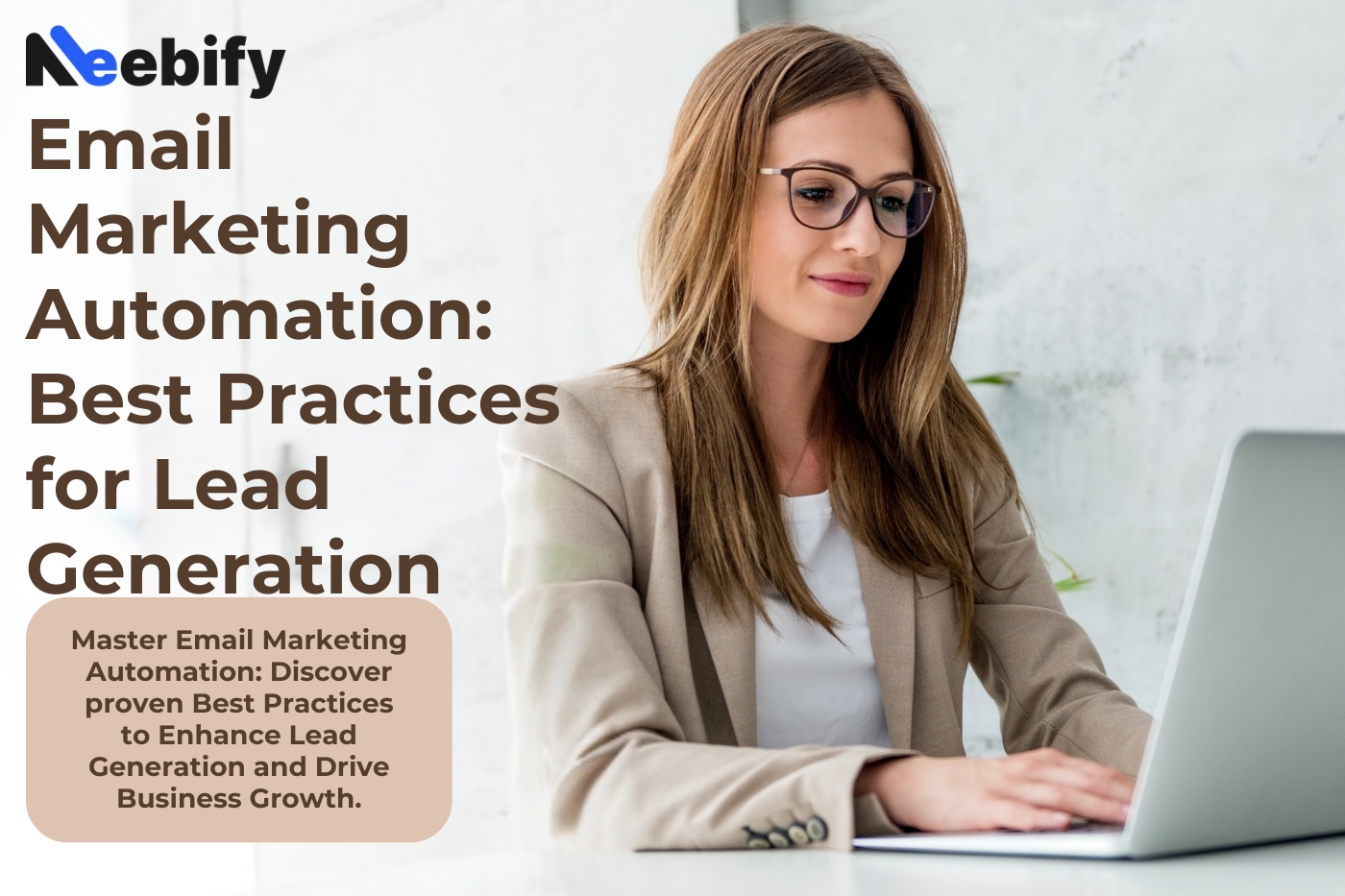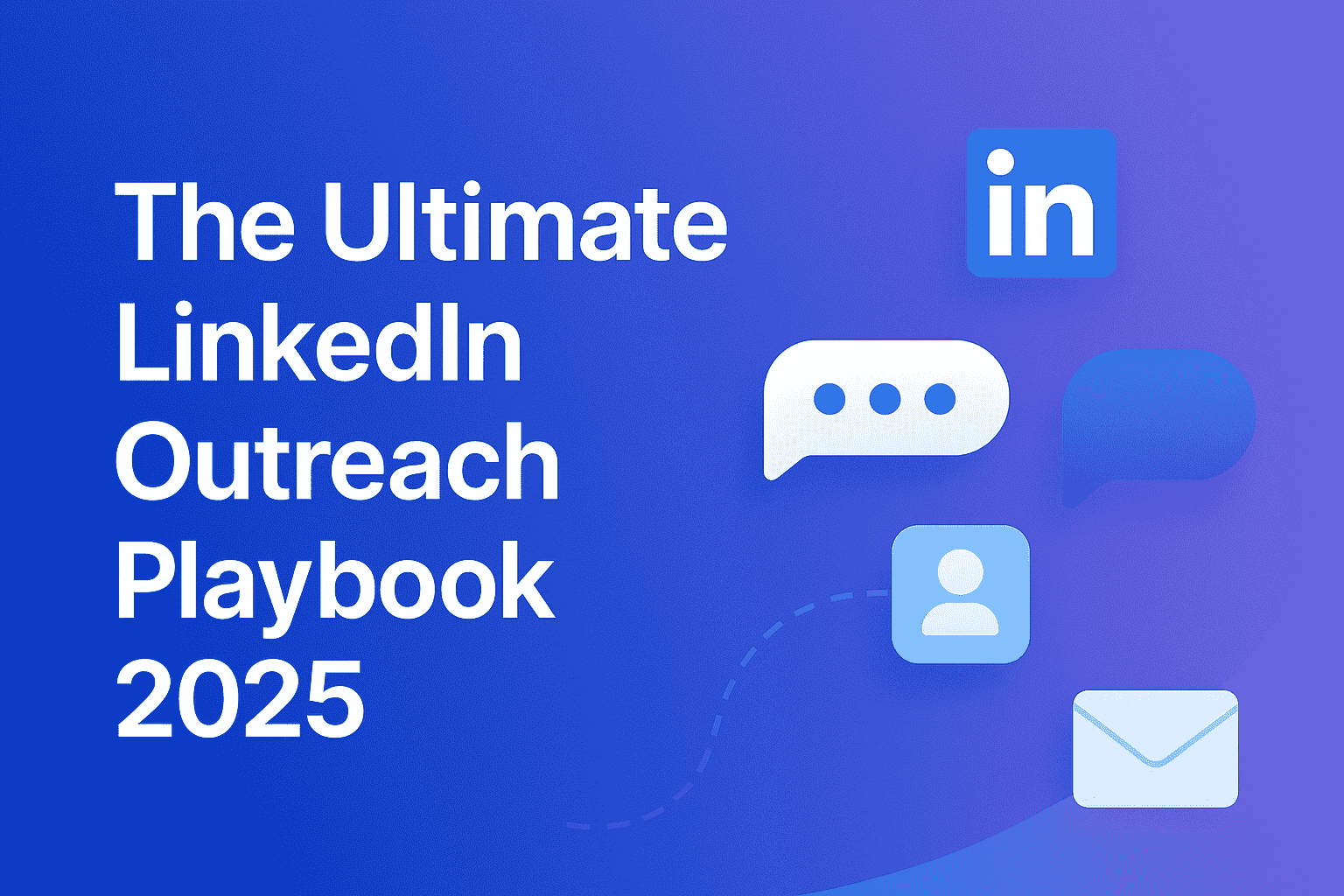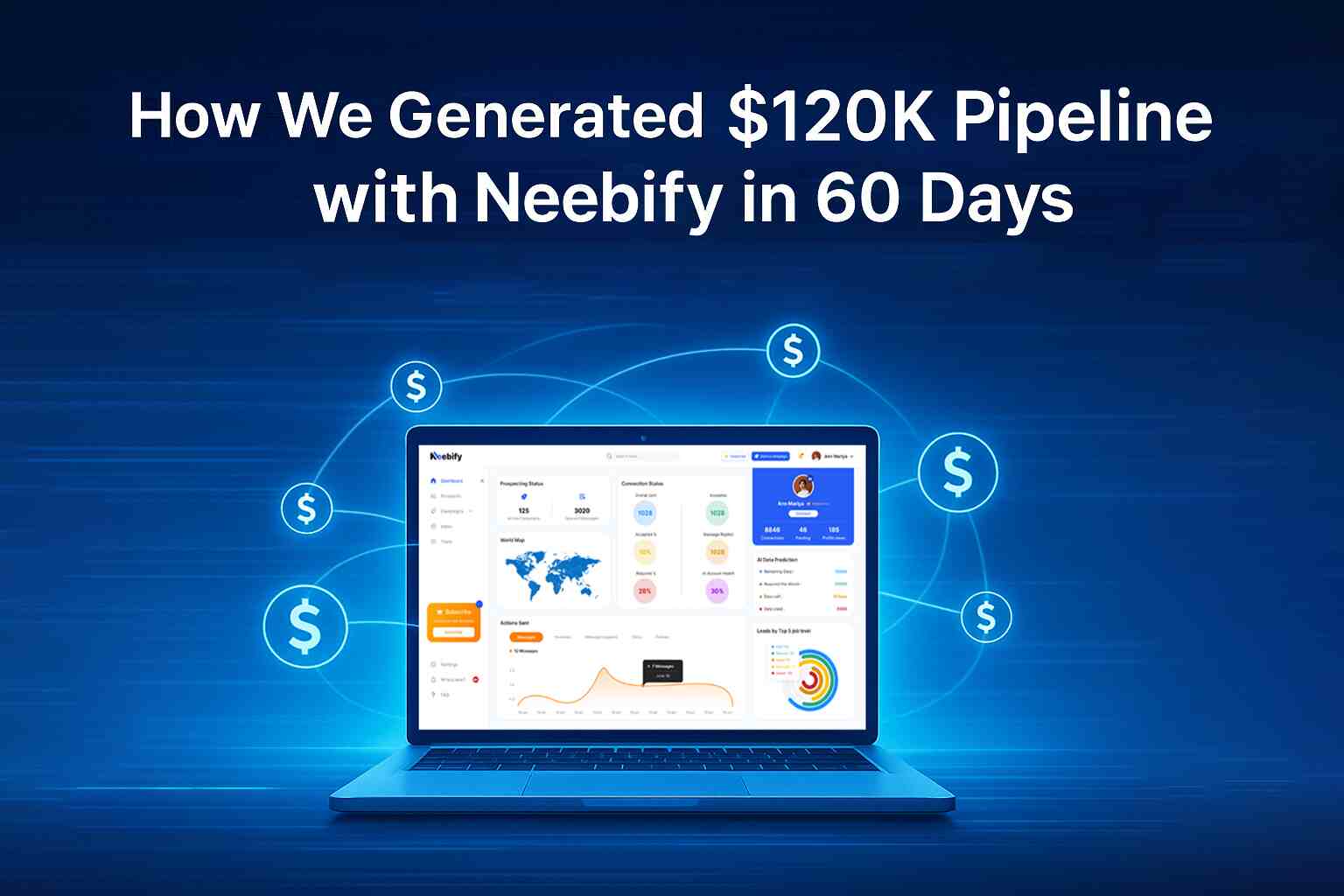Table of content
What is Email marketing automation?
Email marketing automation is a process through which marketers can send out customized and perfectly timed emails to subscribers without requiring manual intervention. It uses the power of automation tools, which send emails either as a direct result of an action taken by the user or via predefined criteria laid out by the business marketer. Using automation, businesses will be in a place to undertake email campaigns, which effectively engage their audience, meet leads, and convert them into customers.
To the core, email automation marketing is a process where workflows or a sequence of emails are set and delivered immediately after specific triggers have been activated. Some examples of these triggers are when someone signs up for your newsletter, downloads resources, makes a purchase, or has even abandoned her shopping cart. What it does is deliver the right content to the right person at the right time to enhance customer experience and drive conversions.
Another big advantage of email marketing automation is that it helps greatly in scaling the personalization of communication. Rather than sending just one mail to your entire list, you can segment and thus offer an appropriate message to certain groups that share interests, behaviors, or demographics. This kind of personalization can increase the chances of getting your audience to engage and develop stronger relations with them.
Why is Email Marketing Automation Important?
Email marketing automation is done for several reasons:
1. Saves Time and Boosts Efficiency: Email automation requires less work, as it is set. A lot of communications are consistent since one can save time for other tasks.
2. Personalization at Scale: Personalized messages always have better open and click-through rates compared to generic ones. Automation allows for audience segmentation and messaging at scale based on taste and behavior. All this normally makes every email way more relevant with higher levels of engagement.
3. Improved Customer Experience: Through the delivery of timely content, the customers' experiences are seamless. Whether it's welcoming new subscribers, recommending products, or assisting with post-purchase support, automation ensures that your audience receives relevant communications.
4. Lead Nurturing: All leads are not sales-ready from day one. Automate email marketing to perform lead nurturing by continuously sending valuable content to your leads at intervals and, again, warming them up in the sales funnel. This might build trust and hike the chances of conversion.
5. Data-Driven Insights: Automation tools provide you with useful insights regarding email campaign performance. You can track the consistency of metrics like open rate, click-through rate, and conversion rate to take your understanding further and learn what works and what doesn't. Such an approach allows you to optimize your campaign for better results.
6. Email Marketing Automation: The automation in email marketing cuts down the marketing cost to a huge extent. The automation of all repetitive tasks and division of specific segments will reduce resource wastage and bring in better results.
How to Segment Audiences Effectively?
Audience segmentation: No doubt, email marketing automation remains incomplete without audience segmentation. Proper segmentation would allow you to deliver content with more relevance to the audience, hence enabling high levels of engagement and conversions. Here's how:
1. Demographic Segmentation: Segmenting customers by age, gender, location, income, education, or occupation. For example, if you target an audience for a product that is interesting for an age group of more than 50, then your email content would run accordingly to meet the desires and wishes of that very group.
2. Behavioral Segmentation: This is based on how people interact with your brand, over and above their purchase history, browsing behavior, and email engagement (opens and clicks). For instance, you could create a number of different segments: frequent, first-time customers, or people who have left their shopping carts.
3. Psychographic Segmentation: Psychographic segmentation calls for an understanding of the lifestyle, interests, values, as well as the attitude of your audience. What really motivates your subscribers? This all will help you in creating messages that strike a chord with personal beliefs and values. If, for example, the audience values sustainability, you might want to highlight your eco-friendly credentials within emails.
4. Geographic Segmentation: Geographic segmentation is automatically based on where your subscribers are. This would be helpful for businesses which have a worldwide audience or which have presence in specific regions. One can just tailor and personalize their messages according to the local scenario, events, trends, and season changes.
5. Email engagement segmentation: Segmenting your audience on the basis of how they engage with your emails is highly significant to maintain a healthy email list. Create three segments: active subscribers, inactive subscribers, and newly joined. Now, with this, you can re-engage your inactive subscribers using specially targeted campaigns, or work on the nurturing of new leads.
6. Lifecycle Stage Segmentation: Segment your audience based on where they are in the customer journey. This will allow you to offer relevant content to your target audience. For example, you can add leads, new customers, loyal customers, and churned customers to your segmented list. Now, each one of those segments only wants different messages on how to lead them to the next stage.
7. Custom Segmentation: Depending on your business, you may have unique criteria for segmentation. For example, if you're in the SaaS industry, you might segment your audience based on the subscription plan they're on, their usage level, or the features they use.
What are the Best Practices for Lead Generation?
Lead generation is one of the important functions of a successful marketing process. There are, however, certain typical practices that could be adopted to ensure that the lead generated has the desired result. Here are some best practices that many firms use for lead generation:
1. Develop High-Quality Content: Content lies at the heart of lead generation. Be it a blog post, e-Book, webinar, or case study, high-quality content captures possible leads by providing immense value. Create content that will be targeted at solving the audience's pain and essentials.
2. Optimize Your Website for Conversions: The idea is to build a website optimized toward lead generation. This may include strong CTAs, easy navigation, and even optimized landing pages. Be sure that the information is such that it is clear and easily accessible to the visitors, who then go on to take your desired action—be it signing up for a newsletter or downloading a resource.
3. Leverage Social Media: Use social media; it is another great online tool to perform lead generation activities. Share your content in social media for reaching the maximum of your target segment and for direct interacting with possible leads. Distribute those offers with targeted advertising.
4. Use a Lead Magnet: Lead magnets are intentionally designed for qualified leads in exchange for their email addresses. It could just be anything like a free e-book, a discount, a webinar, or access to exclusive information. Just make sure your lead magnet is valuable and relevant to your right target.
5. Use Pop-Ups and Slide-Ins: Pop-ups and slide-ins often do the trick when it comes to effective lead captures — so long as their timing is just right. For instance, use an exit pop-up, which offers a discount or free resource, on visitors who might be heading out of your site without taking action.
6. Segment and Personalize Your Emails: Earlier, we discussed at length how segmentation is so much important for sending content that is relevant to your readers. Use what you are learning to segment your email list and then personalize your messages. Personalized emails are opened and acted on more frequently.
7. Nurture Your Leads Using Email Automation: It's here where nurture really comes into play, transforming your leads into customers. An automated email sequence does this, sending a group of emails to all your leads that add value to them and help them across the sales funnel. Work on building trust with such information so your lead can make an informed buying decision later.
8. Study Your Campaigns carefully: Reading A/B is a process of comparing two various drafts of a campaign element like email, CTA, or a landing page each, and then pinpointing the better version. You should definitely be A/B campaigns on a frequent basis so that you can get to the point of whatever optimization gets you the best results.
9. Watch your Results: keep an eye on the analytics tools regarding how well your lead generation campaigns are working. Consider conversion rate, click-through rate, cost per click (lead); all very data points to zero in on when focusing on metrics. This way, you will be able to look at the numbers and see what’s getting results and where you might need to go back to the drawing board.
10. Align Your Sales and Marketing Teams: Strong cooperation is key between your sales and marketing teams. Make sure that sales and marketing team can easily be defined by the qualified lead, lead scoring process and hand-off. This will head in the direction for you to unite both the two fields for a successful lead conversion.
Conclusion
These email marketing automation best practices will keep you competitive. Remember, email automation is about building and nurturing relationships. It's going to increase productivity and can actually create stronger, more meaningful connections with your subscribers. By following these best practices, you'll be able to level up your email marketing automation and drive meaningful results from your campaigns.
Get your next meeting in a
matter of minutes.
Free Trial
Latest
The Ultimate LinkedIn Outreach Playbook 2025
A practical, modern guide to mastering LinkedIn outreach in 2025 — learn how to boost reply rates, p
12/1/2025How to Find 100 ICP Leads Without LinkedIn Sales Navigator
Generating 100 targeted ICP leads doesn’t require LinkedIn Sales Navigator. Learn how to leverage fr
11/28/2025


